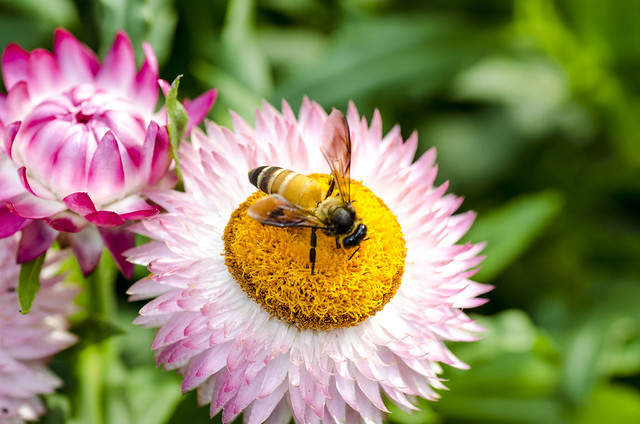We all must have come across such situations in life where we have to take a tough decision. Such a situation is never easy. Its very taxing on your very soul. I faced one such instance this Sunday. But before I write down about that, time for a little back-story.
Even though I love to shoot, due to my hectic work schedule, I was not getting enough chances to go out and shoot. It happened many a time that I was determined to go out on a photo walk with friends but was forced not to go due to some other work. So, when I heard that an Instameet is taking place in Kolkata, I was determined to not to let go of this opportunity. But in this process, came the tough decision.
You see, for someone with a punishing week schedule, weekend unwinding is sort of a must. Accordingly, I went to a friends place (Which, incidentally is quite a bit far from the designated meeting point) on Saturday night and after some heavy.. err.. relaxation session, I was sleeping like a log. So you can well imagine when I woke up at around 7.30 on Sunday, how I was feeling. I was faced with two choices, go to the Instameet or sleep for some more hours. And since you are reading this post, you can well understand which decision I took.
Now don't laugh. That was a serious challenge for me to wake up and join the team at the designated time. Thankfully, Indrajit Das (who introduces himself as BongBlogger) gave me lift and that day I learned a new life-skill, dozing off while sitting at the back of a speeding motor-bike. Thanks Inrdajit for that. After reaching the point, I was relieved to see many familiar faces. Subhadip , Tanayesh, Prabir da etc. I suggest, you should read Subhadip's blog post about the Instameet. He has done a great job of covering the whole meet in a concise way. So, I am not going to write in detail about that. Just sharing some of the images I took that day.
Even though I love to shoot, due to my hectic work schedule, I was not getting enough chances to go out and shoot. It happened many a time that I was determined to go out on a photo walk with friends but was forced not to go due to some other work. So, when I heard that an Instameet is taking place in Kolkata, I was determined to not to let go of this opportunity. But in this process, came the tough decision.
You see, for someone with a punishing week schedule, weekend unwinding is sort of a must. Accordingly, I went to a friends place (Which, incidentally is quite a bit far from the designated meeting point) on Saturday night and after some heavy.. err.. relaxation session, I was sleeping like a log. So you can well imagine when I woke up at around 7.30 on Sunday, how I was feeling. I was faced with two choices, go to the Instameet or sleep for some more hours. And since you are reading this post, you can well understand which decision I took.
Now don't laugh. That was a serious challenge for me to wake up and join the team at the designated time. Thankfully, Indrajit Das (who introduces himself as BongBlogger) gave me lift and that day I learned a new life-skill, dozing off while sitting at the back of a speeding motor-bike. Thanks Inrdajit for that. After reaching the point, I was relieved to see many familiar faces. Subhadip , Tanayesh, Prabir da etc. I suggest, you should read Subhadip's blog post about the Instameet. He has done a great job of covering the whole meet in a concise way. So, I am not going to write in detail about that. Just sharing some of the images I took that day.






